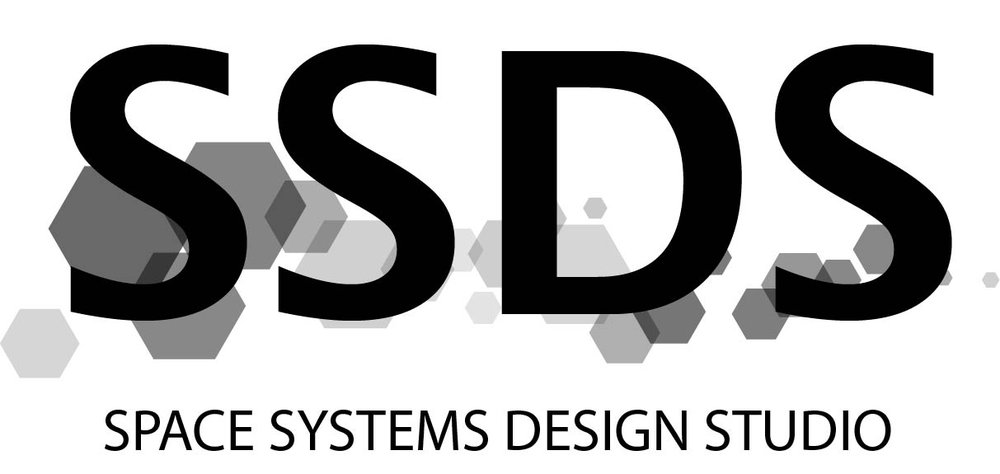Past Research
FLUX Pinning
Many operations in space, such as docking and on-orbit assembly, require two or more bodies to be in close proximity. These bodies are generally not collocated and, as a result, experience different forces due to the environment; so, these kinds of tasks typically require an active control strategy to prevent collisions. Augmenting the dynamics of the system with a force that ties the movement of one part to another can passively stabilize the relative motion of the components and reduce the complexity of the control architecture. Flux pinning offers an interesting option for tying the dynamics of the parts together.
MultiScale Granular Stacking
Multiscale Granular Stacking (MSGS) is a technology for assembling planetary-surface infrastructure from unprocessed regolith. Re-defining the limits of traditional additive manufacturing, MSGS uses the unprocessed grains directly as additive manufacturing feedstock. A reduction in mass transport and energy cost is a result of minimizing and potentially fully replacing terrestrial adhesives, fluids, and binders with single grain scanning, computation, and packing. This drastic reduction in the reliance of terrestrial resources provides hope for sustaining a deep-space human presence.
LUNAR CUBESAT
The Cislunar Explorers is a streamlined, sustainable spacecraft with the flexibility for launch at any latitude to achieve insertion into geosynchronous transfer orbit (GTO) that raises apogee until it escapes Earth’s sphere of influence (SOI). It acts as a self-propelled engineering demonstration, proving the technology readiness of water as fuel, simple optical navigation, and more. Key subsystems complement each other in a decoupled design aimed at reducing the cost and complexity of space exploration.
EDDY-CURRENT ACTUATION
Aluminum and other conductors are common spacecraft materials. These materials are not usually ferromagnetic, so stationary magnetic fields cannot manipulate them. Permanent magnets and current loops may also be used to generate time-varying fields. Time-varying magnetic fields induce currents in the conductors without contact. Removing contact reduces risk of collision as well as wear. Mechanisms such as eddy current brakes, dampers, and aluminum separators have used the resulting forces and torques in terrestrial applications. We seek to broaden applications for multi-degree-of-freedom mobility and actuation in microgravity environments.
Machine Learning Systems for optical navigation
To become more self-aware, spacecraft must first know their state vectors in space. Autonomy provides a way to give spacecraft situational awareness by allowing them to make decisions locally in reaction to their surroundings. The same technology that is used in self driving cars to avoid collisions can inspire autonomous guidance, navigation, and control (GN&C) in spaceflight. Autonomous functions have been tested on several past missions by NASA since the late 1990s. Spacecraft have the capability to obtain a great deal of information about their surroundings using various sensors. Advances in computational technology have eliminated the obstacle of limited processing power on interplanetary missions. The Cassini-Huygens mission's optical navigation (OpNav) system processed images with a resolution comparable to that from a smart phone camera. Therefore, the observable information that can be collected about the spacecraft's surroundings can help with state estimation. In space, fully autonomous navigation systems need to be robust and reliable. They need to be able to think for themselves and learn from the situations and environments they encounter. Current state of the art technology is nowhere near this level. Imagine, for example, that a spacecraft is orbiting the Earth. The spacecraft can use the wide variety of observable features on the surface of the Earth to determine its state vectors. By generating and consistently updating a catalog or map of previously unknown or unspecified features on the Earth's surface, its state vectors relative to the surface can be tracked using machine learning and computer vision algorithms.
Control Moment Gyroscope Rover
Control moment gyroscopes (CMGs) are an efficient actuation system for applying torque to body. A CMG applies a torque primarily by changing its angular-momentum direction, imparting a gyroscopic torque between the CMG and the body to which it is mounted. In some cases, CMGs can apply torque that is an order of magnitude larger per watt, compared to other contemporary methods. Because CMGs can apply torque efficiently, they are ideal for many applications, including agile spacecraft, ships, and robotic systems.
Generalized orbit rendezvous
Orbital rendezvous is of fundamental importance to many anticipated missions involving two or more spacecraft. The principle is also relevant for a single spacecraft, where reaching a specific target orbit can be posed as rendezvous with the orbit to be attained at the end of the maneuver. Applications such as on-orbit assembly, resupply of space stations, constellation and formation flying, and navigation to a particular orbit or target are all based upon orbital rendezvous. Consequently, the development of methods of calculating these maneuvers has been a major technological focus of astrodynamics research for many decades.
Signals of opportunity navigation
We seek to use the readily available and naturally occurring space phenomena for spacecraft navigation. On Earth, a similar practice to this is known as Navigation using Signals of Opportunity. Applied to space, we call this Signals of Opportunity Navigation in Space (SONiS). At SSDS, we are dedicated to improving existing SONiS methods and developing novel navigation strategies for ‘untapped’ space phenomena.
Autonomous navigation of relativistic spacecraft
Space exploration has so far been confined to our Solar System. Currently, the most distant spacecraft to the Sun is Voyager 1, at about 145 astronomical units (or about 13 million miles). The rest of the universe is yet to be explored, but even the nearest star system to our Sun—Proxima Centauri—is over 250,000 astronomical units from the Earth. As a result, the future of space exploration lies in covering vast distances very quickly, for even a spacecraft traveling at 1% of the speed of light—17,000 times faster than Voyager 1—would take over 80 years to reach Proxima Centauri.








